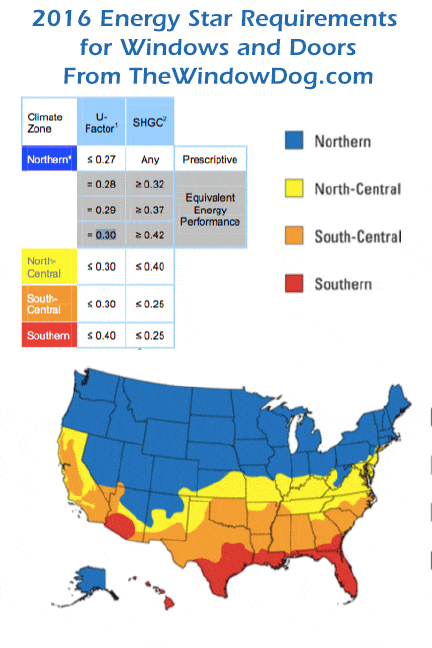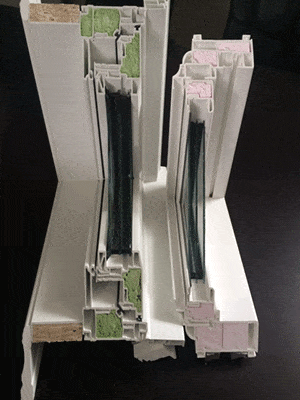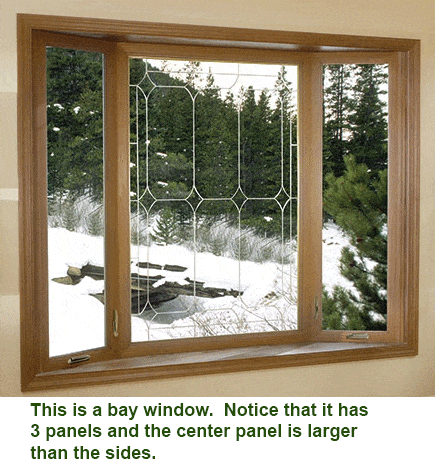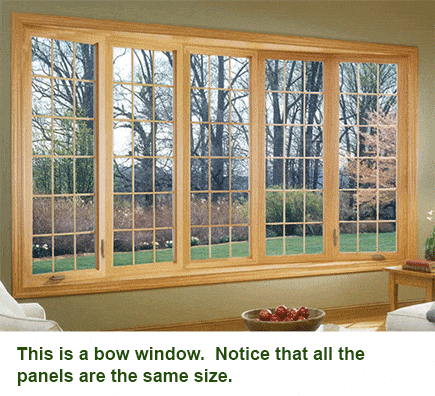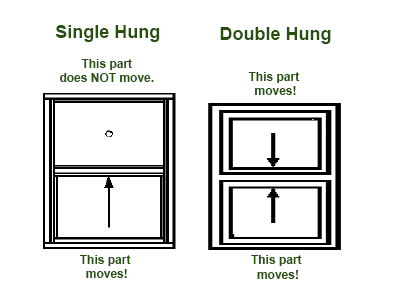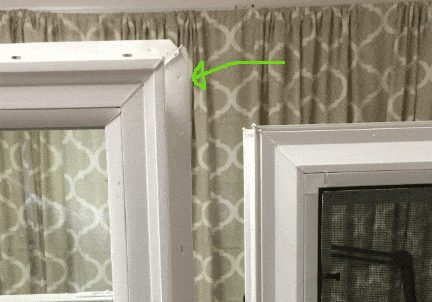Replacement Window Shopping Mistake #12 – Buying windows at a box store to install yourself
So you’re sick of all of these pushy window salesman and you’re just going to install the windows yourself? That’s a perfectly reasonable game plan. Frankly, it’s not that hard if you’re pretty handy and comfortable making large holes in your house.
Contrary to what many window salespeople will tell you, installing windows yourself does NOT void warranties. To all the salespeople who will comment about how wrong I am, go read the warranty and show me where it says that. It doesn’t.
So you certainly can install windows yourself. That’s fine, but you certainly should NOT buy them from a box store. The windows they sell tend to be the absolute cheapest models out there and I don’t mean cheap in a good way.
You have 2 options when buying windows at a box store, stock sizes off the shelf or custom windows. They’re both bad choices.
How can that be? Why wouldn’t the large warehouse store carry nice models? You’re right that it’s not intuitive. It makes sense that you could get a perfectly nice product at those big stores. Unfortunately you typically can’t.
The reason has to do with the distribution models used by most manufacturers and the old timey sales tactics used by most dealers. Here’s the quick breakdown:
Most high quality windows are sold by pushy old fashioned window dealers all over the country. Those dealers are trying to charge people $800-$1000 or more per window. To get that price the window product typically needs to be pretty nice.
These pushy dealers collectively make up a pretty large segment of the market for these nice windows. The manufacturers who make those windows and sell them to those dealers don’t want to jeopardize that business.
If those manufacturers sold their products in Home Depot or Lowes they would need to offer them at much more realistic price. If Product A was listed at Home Depot for $250 per window it would be hard for Dealer X to sell it for $1000.
In order to avoid losing their high priced dealer business the manufacturers of these products don’t sell to box stores. The companies who do sell to the box stores are very large manufactures who typically cater to the new construction market. In that end of the market the focus is on price and not quality.
Those manufacturers of cheap windows have nothing to lose if their products are on the shelf at the box store. Their tycpial customer is a big builder. He wants it cheap and he’s not shopping at Lowes anyway.
So the only products you tend to see available are the cheapest options out there. That means they’ll use cheaper hardware, come with more limited warranties, get significantly worse efficiency ratings, have very high (bad) air infiltration rates, etc. You can save money buying these windows, but you’re stuck with pretty low quality windows. That might not be what you want.
So how should I get nice windows to install myself?
Great question. If you call around you can probably find a window dealer who carries certain products who will sell them to you without installation. It used to be that nobody would do that, but we’re seeing it more and more now.
They may give you that old line about voiding the warranty. I wouldn’t suggest arguing with them. You probably won’t win. I’d just move on to the next one. You may need to call several to get someone reasonable.
For example, my company starting offering windows without installation several years ago and it’s become a pretty decent part of our business. For a listing of the areas we cover you can see this page. If we’re not in your area post a comment here and I’ll be happy to recommend someone if I can.
The windows we offer are going to be a little more expensive than what you’d get a a box store. They’re also going to be a fair bit nicer. Whether that works for you or not is completely up to you.
For example, I just had a customer email me today to let me know that he could get American Craftsman windows from Home Depot for less than our quote. That’s absolutely true. It’s also true that after sales tax the price was only about $500 different for the entire order and the model I was suggesting was head and shoulders nicer.
Sometimes cheap windows are what you need and that’s completely fine. If you’re putting windows in your shed or a low end rental those cheep brands will work fine. If you’re looking for nicer windows you can find them out there for a DIY application and you’ll be glad you did.
For more info on installing your own windows check out this section. Or, you can find our listings of the very best local window companies here. Some will probably offer windows without installation and some may not. This would be a good place to start.




